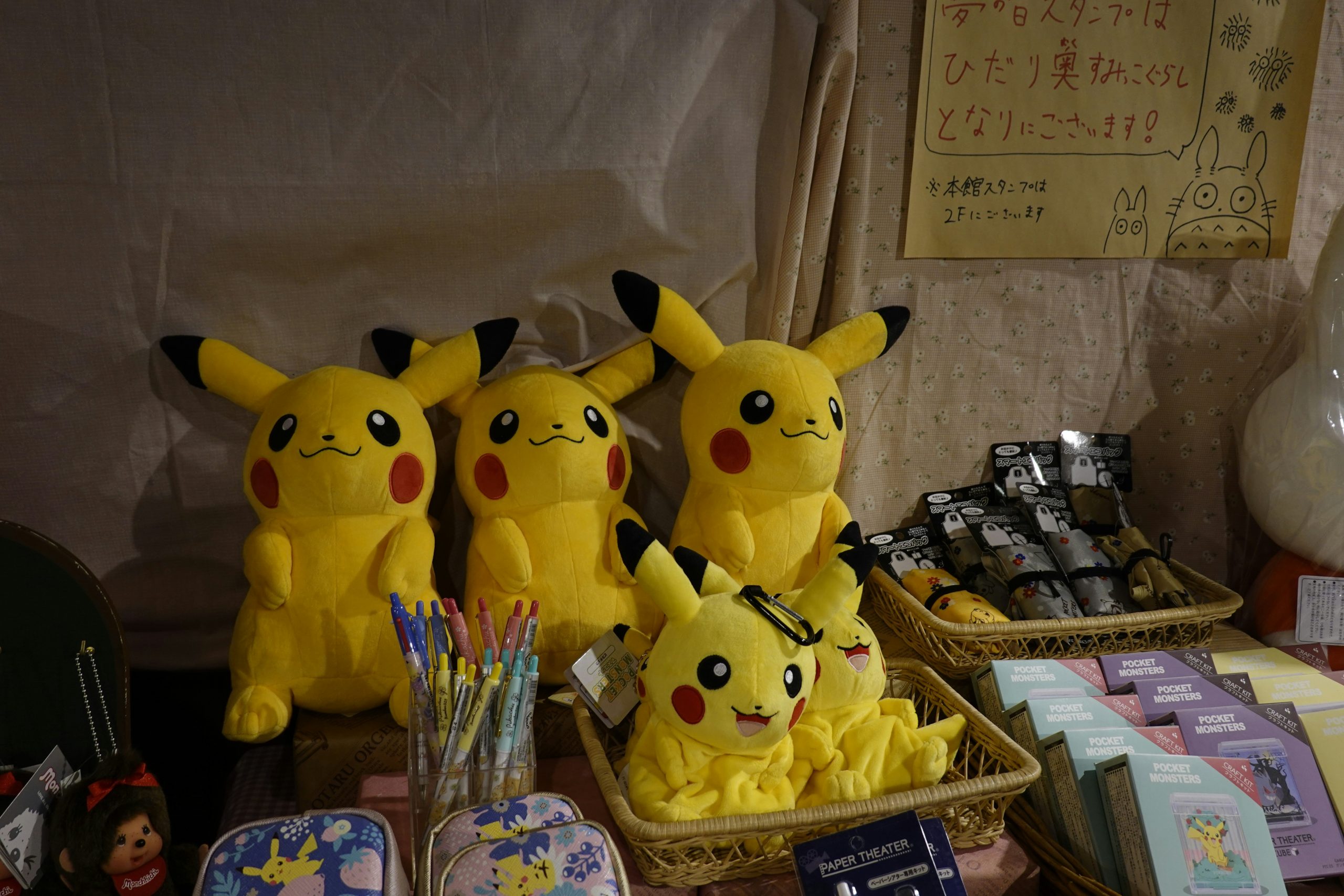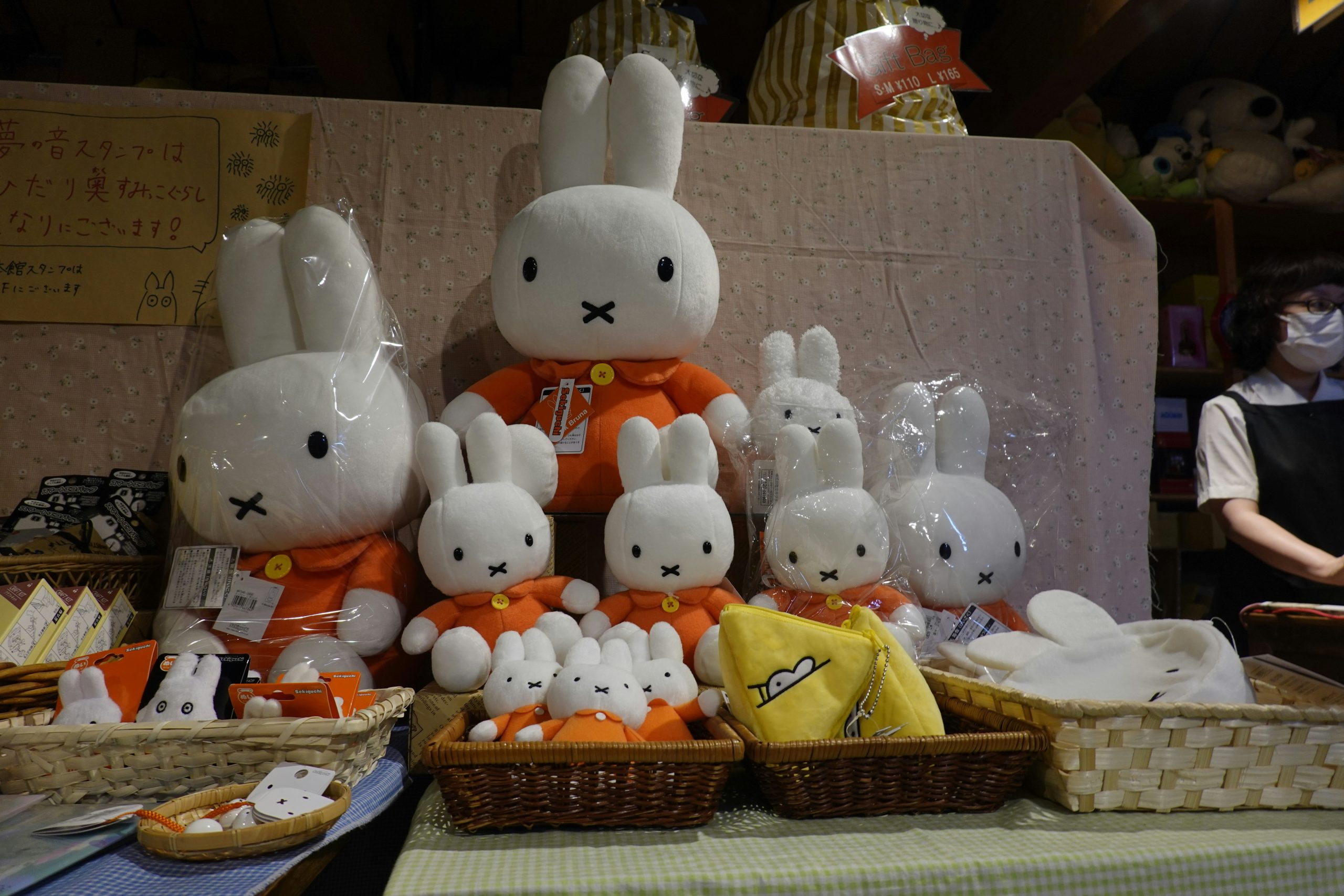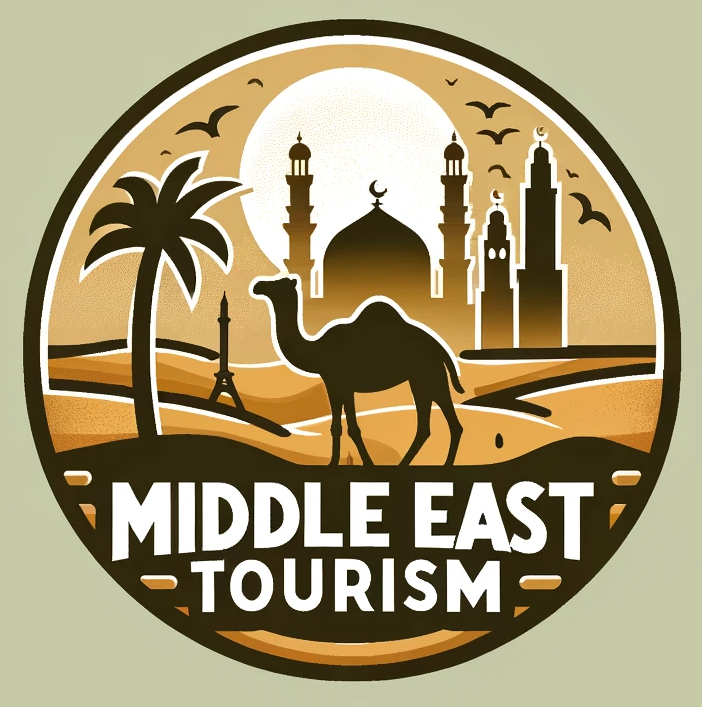Discover the enchanting world of Middle Eastern handicrafts and souvenirs tourism! Dive into a realm where culture meets creativity, and tradition intertwines with modernity. Is it worth exploring? Let’s unravel this captivating journey together.
Exploring Middle Eastern Handicrafts and Souvenirs Tourism

When it comes to immersing oneself in the rich cultural heritage of the Middle East, exploring local handicrafts and souvenirs is an experience like no other. From intricate traditional designs to modern interpretations, the region offers a diverse array of artistic expressions that captivate travelers from around the world.
Unraveling the Tapestry of Middle Eastern Handicrafts
Middle Eastern handicrafts are a testament to the region’s deep-rooted traditions and skilled artisans. From the bustling markets of Jordan to the vibrant souks of Qatar, each locale offers a unique selection of handcrafted treasures waiting to be discovered. Whether it’s intricately woven rugs, delicate ceramics, or exquisite metalwork, every piece tells a story of craftsmanship passed down through generations.
Embarking on a Souvenir Shopping Spree
For travelers seeking to take a piece of the Middle East home with them, souvenir shopping is a must. Middle Eastern souvenirs range from small trinkets to elaborate artworks, offering something for every taste and budget. Whether you’re exploring the markets of Athens or the hidden gems of AlUla, Saudi Arabia, there’s no shortage of unique finds to treasure as a memento of your journey.
Connecting with Local Artisans
One of the most rewarding aspects of exploring Middle Eastern handicrafts is the opportunity to connect with local artisans. Whether you’re watching a potter at work in Jordan or learning about traditional weaving techniques in Qatar, engaging with skilled craftsmen adds a personal touch to your souvenir shopping experience. These interactions not only offer insight into the artistic process but also foster a deeper appreciation for the cultural heritage preserved in each handmade piece.
Immersing Yourself in Cultural Experiences
Beyond souvenir shopping, exploring Middle Eastern handicrafts is a gateway to immersive cultural experiences. Whether you’re participating in a hands-on workshop or attending a local artisan festival, these activities provide a deeper understanding of the traditions and techniques that define the region’s artistic legacy. By engaging with local communities, travelers can gain a firsthand appreciation for the time-honored practices that shape Middle Eastern handicrafts.
As you venture into the world of Middle Eastern handicrafts and souvenirs tourism, remember that each piece you bring home carries with it a story of artistry, tradition, and culture. From the bustling markets of Jordan to the hidden treasures of AlUla, Saudi Arabia, the journey to explore the region’s vibrant artistic heritage is sure to leave you with memories to cherish for a lifetime.
Main Attractions of Middle Eastern Handicrafts and Souvenirs

If you’re a traveler with a penchant for immersing yourself in the cultural tapestry of a destination, the Middle East offers a treasure trove of artisanal wonders waiting to be discovered. From intricate carpets and ceramics to delicate jewelry and textiles, the region boasts a rich heritage of handicrafts and souvenirs that reflect the depth of its history and cultural diversity.
unearthing ancient traditions
When exploring the rich heritage of Middle Eastern handicrafts and souvenirs, you’ll find yourself delving into centuries-old traditions passed down from generation to generation. Each piece tells a story, weaving together elements of folklore, craftsmanship, and regional identity. Whether you’re wandering through bustling bazaars in Morocco, exploring hidden souks in Dubai, or perusing artisan workshops in Turkey, the craftsmanship on display is a testament to the skill and artistry of the artisans.
diversity of craftsmanship
One of the most striking aspects of Middle Eastern handicrafts and souvenirs is the sheer diversity of techniques and materials used. From the intricate metalwork of the Levant to the vibrant tapestries of North Africa, each region boasts its unique style and flair. Whether you’re admiring the geometric motifs of Persian rugs or the colorful embroidery of Palestinian dresses, the attention to detail and craftsmanship is sure to leave you in awe.
artisanal experiences
For those looking to go beyond simply purchasing souvenirs, many destinations in the Middle East offer immersive artisanal experiences that allow you to try your hand at traditional crafts. From pottery workshops in Jordan to carpet-weaving demonstrations in Iran, these hands-on opportunities provide a deeper appreciation for the time-honored techniques that have shaped the region’s cultural landscape.
souvenirs with a story
Each Middle Eastern handicraft you bring back serves as a tangible reminder of your journey, encapsulating the spirit of the places you’ve visited and the people you’ve met along the way. Whether you’re sipping tea from a hand-painted Turkish ceramic cup or wearing a necklace crafted by Bedouin artisans, these souvenirs carry with them the echoes of history and heritage, making them more than just trinkets but cherished mementos of your travels.
So, next time you find yourself exploring the rich heritage of Middle Eastern handicrafts and souvenirs, remember that each piece you encounter has a story to tell, a tradition to uphold, and a connection to the vibrant tapestry of cultures that make this region truly unique.
The Economic Impact of Middle Eastern Handicrafts and Souvenirs Tourism

Middle Eastern handicrafts have long been revered for their exquisite beauty and unique cultural significance. From intricate carpets and textiles to stunning ceramics and jewelry, these artisanal creations showcase the rich heritage of the region. In recent years, there has been a growing recognition of the economic impact of Middle Eastern handicrafts and souvenirs tourism on local communities.
preserving cultural heritage through handicrafts
One of the key benefits of promoting Middle Eastern handicrafts is the preservation of cultural heritage. Artisans passing down traditional techniques from generation to generation help maintain the authenticity of these crafts. By supporting local craftsmen and women, souvenirs tourism plays a vital role in safeguarding centuries-old traditions and ensuring their continuation for future generations.
economic sustainability and community empowerment
The economic sustainability of historical Middle Eastern cities is closely tied to the promotion of handicrafts and souvenirs tourism. By creating a market for these unique products, local economies are stimulated, leading to job creation and increased revenue streams for artisans and their communities. This not only boosts the overall economy but also empowers individuals by providing them with a source of income and a platform to showcase their talents.
global visibility and cultural exchange
The export of Middle Eastern handicrafts to international markets through souvenirs tourism not only generates revenue but also enhances global visibility for these traditional crafts. Tourists and collectors from around the world are drawn to the intricate designs and superior craftsmanship of Middle Eastern artisans, fostering cultural exchange and appreciation. This exposure not only benefits artisans financially but also helps promote cross-cultural understanding and appreciation.
challenges and opportunities
Despite the numerous benefits of souvenirs tourism, Middle Eastern handicrafts face challenges such as competition from mass-produced goods, changing consumer preferences, and the impact of global events like the COVID-19 pandemic. However, these challenges also present opportunities for innovation, digital marketing, and sustainable practices to ensure the continued growth and success of the handicraft industry in the Middle East.
In conclusion, the economic impact of Middle Eastern handicrafts and souvenirs tourism is undeniable. By preserving cultural heritage, promoting economic sustainability, fostering community empowerment, and enhancing global visibility, these artisanal creations play a vital role in showcasing the rich cultural tapestry of the region and driving economic growth for local communities. Travelers are not only purchasing souvenirs but also contributing to the preservation of centuries-old traditions and the empowerment of skilled artisans.



